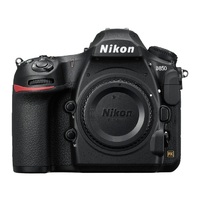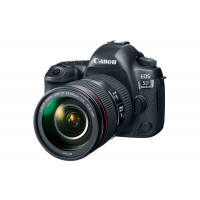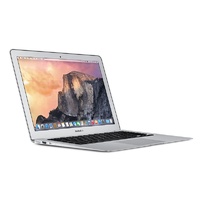Sort:
The average pro reviews rating is 6.7 / 10, based on the 25 reviews.
How we do it
We humanly agregate professional reviews from a number of high quality sites. This way, we are giving you a quick way to see the average rating and save you the need to search the reviews on your own. You want to share a professional review you like?
































hardwaresecrets‘s review Edit Like Unlike
Apr 23, 2012
techPowerUp!‘s review Edit Like Unlike
Feb 13, 2012
hardocp‘s review Edit Like Unlike
Oct 11, 2011
AnandTech‘s review Edit Like Unlike
Oct 12, 2011
HEXUS‘s review Edit Like Unlike
Oct 12, 2011
TechSpot‘s review Edit Like Unlike
Oct 12, 2011
xbitlabs‘s review Edit Like Unlike
Oct 11, 2011
phoronix‘s review Edit Like Unlike
Oct 24, 2011
techreport.com‘s review Edit Like Unlike
Oct 12, 2011
HotHardware‘s review Edit Like Unlike
Oct 12, 2011
itreviews‘s review Edit Like Unlike
Nov 02, 2011
bjorn3d‘s review Edit Like Unlike
Oct 11, 2011
www.pcper.com‘s review Edit Like Unlike
Oct 11, 2011
PC Magazine‘s review Edit Like Unlike
Oct 12, 2011
hardwaresecrets‘s review Edit Like Unlike
Oct 12, 2011
TechRadar UK‘s review Edit Like Unlike
Oct 12, 2011
benchmarkreviews‘s review Edit Like Unlike
Oct 12, 2011
www.legitreviews.com‘s review Edit Like Unlike
Oct 11, 2011
bit-tech‘s review Edit Like Unlike
Oct 12, 2011
overclockersclub‘s review Edit Like Unlike
Oct 11, 2011
PC Pro‘s review Edit Like Unlike
Oct 12, 2011
computershopper‘s review Edit Like Unlike
Oct 12, 2011
expertreviews‘s review Edit Like Unlike
Oct 12, 2011
hardwarecanucks‘s review Edit Like Unlike
Oct 11, 2011
Tom's Hardware‘s review Edit Like Unlike
Oct 12, 2011